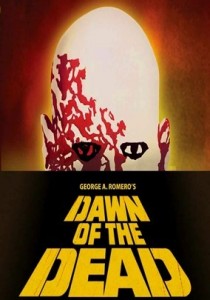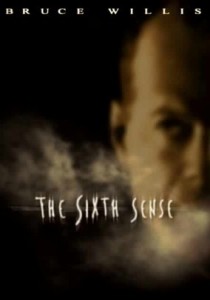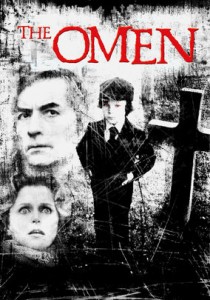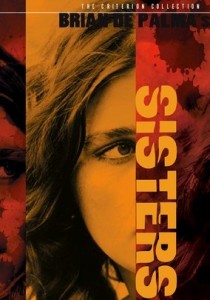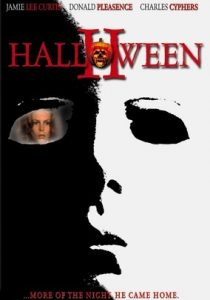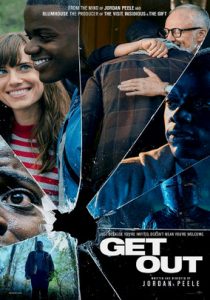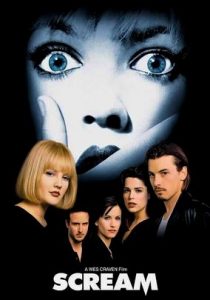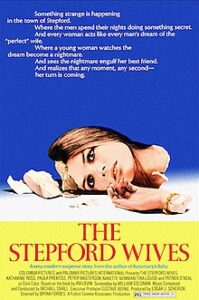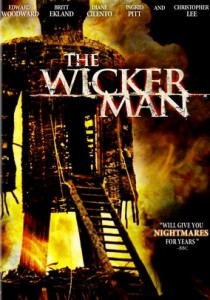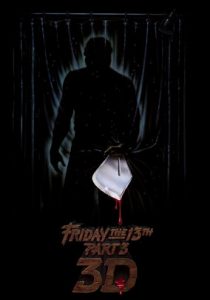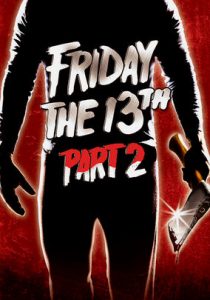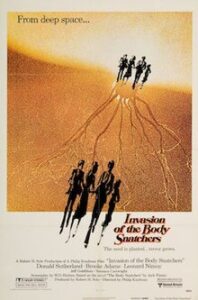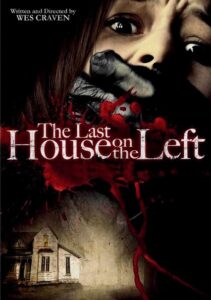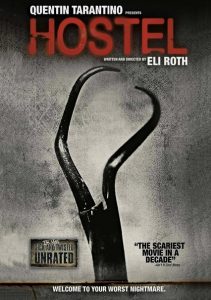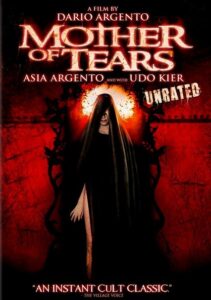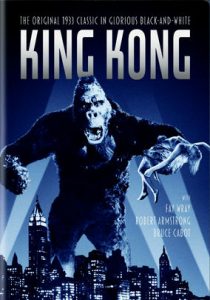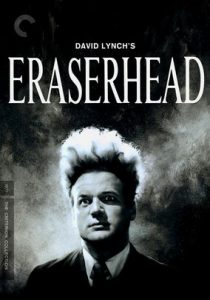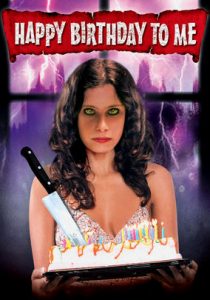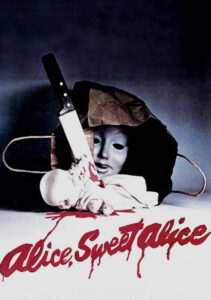Dawn of the Dead-1978
Director George A. Romero
Starring Ken Foree, Gaylen Ross
Top 250 Films #97
Top 40 Horror Films #18
Scott’s Review #289
Reviewed November 26, 2015
Grade: B+
One of the better installments by the famed horror-comedy director, George A. Romero, though inferior to my favorite film of his, Night of the Living Dead (1968), Romero focuses slightly more on the comedy aspect with Dawn of the Dead (1978).
For horror fans, there is plenty of gore to satisfy bloodthirsty viewers.
This film is glossier and slicker than its predecessor was.
On a slightly larger budget than Night of the Living Dead, the events are in suburban Pennsylvania, at a local mall.
An unknown phenomenon has made non-buried humans change form into flesh-eating zombies that prey on other human beings.
A group of survivors hunker down in a suburban mall and begin a life of adequacy. They utilize the contents of the mall until events threaten their existence. They must form a militant operation to survive.
The four survivors are Stephen (David Emge) and Francine (Gaylen Ross), two staff members of a local television station, and Roger (Scott Reiniger) and Peter (Ken Foree), two SWAT team members whom they meet in the ensuing chaos.
The quartet steals a helicopter and travels a short distance to the mall.
Having viewed Dawn of the Dead many times, I am a fan of the film, but not an enormous fan, and it hovers below my Top Twenty Five Horror Films list (as of this review).
The main flaw is how it delves into the personal lives of Stephen and Francine midstream, a fact I find meaningless and stalls the plot.
Francine has realized that she is pregnant and I do not understand the point of slowing down the action for this purpose.
I am a huge fan of character development (even in the horror genre!), but this development does not work.
Still, the lengthy portion of the film of over two hours (highly unusual for horror), enamored me.
The scenes in the mall are fantastic and the action in the final act is thrilling.
Reminiscent of my youth and hours spent as a child, along with my mother and siblings, being paraded around the local mall, the look of the mall in Dawn of the Dead brings back a flood of memories.
From the fake green plants to the mannequins, the pool of water filled with coins, and the redundant, but lovely Muzak in the background.
Romero, as he did with Night of the Living Dead, provides a social element to the film.
The onset of materialism and consumerism captured the United States in the late 1970s and 1980s and Romero focuses on it. It’s taken me a couple of viewings to catch onto this point. The zombies stupidly walk around the mall in a numbing fashion mirroring how many people did during the day.
One character mentions that the zombies are drawn to the mall because it is familiar, much like people frequented the malls at that time frivolously spending away their time and money.
Some of the deaths, including one main character, are haunting. As the character suddenly “turns”, it is frightening to see them in this new light compared to how they once were.
And, comically, my favorite zombie character is the nurse. Wearing a uniform (white shoes, classic nurse cap, and white suit) she is creepy yet mesmerizing in her body and facial expressions as she lumbers around the mall.
It makes me smile each time I see her.
Dawn of the Dead (1978) is one of the better, more interesting zombie films. I just wish the relationship drama, mainly in the center, had been modified since it slows down the pace.
Still, a good, fun, late-night flick.
